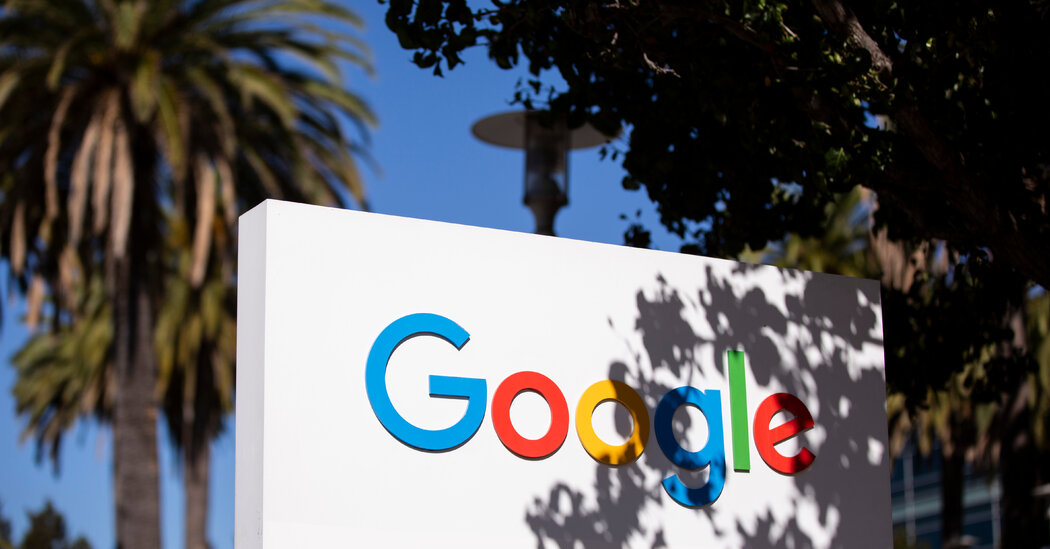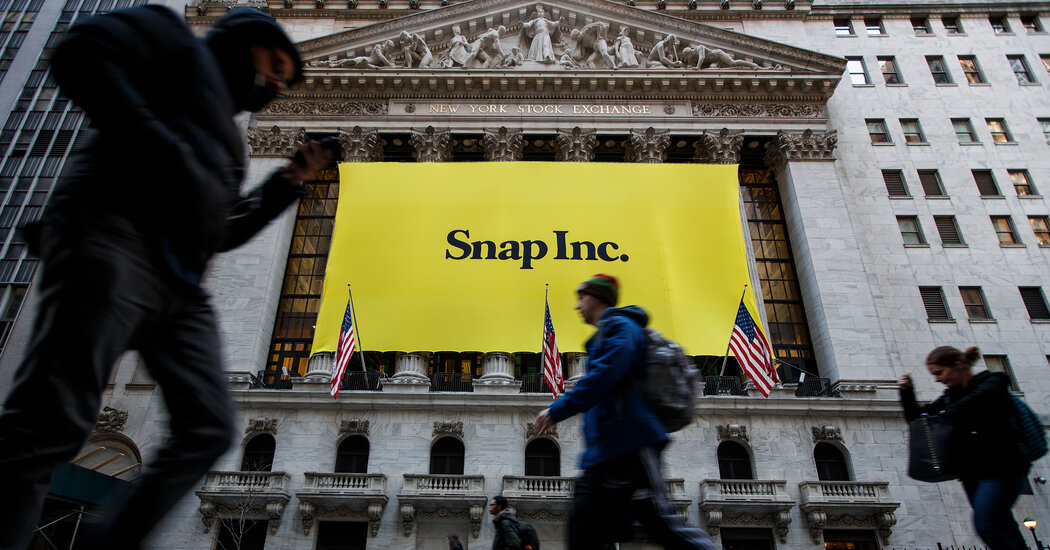A Big Rover Aims to Be Like ‘U.P.S. for the Moon’
A rover the size of a Jeep Wrangler is heading to the moon, and it’s going to need a big ride to get there.
Astrolab Inc., the tiny start-up that is building the rover, chose the biggest ride possible: Starship, the new giant spacecraft under development by Elon Musk’s SpaceX rocket company.
On Friday, Astrolab announced that it had signed an agreement with SpaceX for its Flexible Logistics and Exploration Rover, or FLEX, to be a payload on an uncrewed Starship cargo mission that is to take off as early as mid-2026.
“This is SpaceX’s first commercial cargo contract to the lunar surface,” Jaret Matthews, founder and chief executive of Astrolab, said.
SpaceX, which did not respond to requests for comment, has yet to announce that it is planning this commercial Starship mission to the moon’s surface, headed to the south polar region. Astrolab would be just one of the customers sharing the voluminous cargo compartment of the Starship flight, Mr. Matthews said.
Mr. Matthews, an engineer who previously worked at SpaceX and NASA’s Jet Propulsion Laboratory, founded Astrolab less than four years ago. Located a stone’s throw from SpaceX’s headquarters in Hawthorne, Calif., it has about 20 full-time employees, he said.
Although the Soviet Union in the 1970s and more recently China have landed robotic rovers on the moon, the United States has yet to send any. (NASA did put wheels on the moon with the “moon buggy” that the astronauts drove during Apollo 15, 16 and 17.)
Next year, NASA is sending its Volatiles Investigating Polar Exploration Rover, or VIPER, which is to search for water ice in the lunar south polar region. That is the area that astronauts will explore in the coming years as part of NASA’s Artemis program.
By contrast, Astrolab’s moon trip is, at least for now, an entirely commercial venture with no financing from NASA.
Mr. Matthews declined to say how much it would cost to get FLEX to the moon or how much money Astrolab has raised. He said Astrolab would make money by lifting and deploying cargo for customers on the lunar surface. That could include scientific instruments. In the future, the rover could help build lunar infrastructure.
“Essentially providing what I like to call last-mile mobility on the moon,” Mr. Matthews said. “You can kind of think of it like being U.P.S. for the moon. And in this analogy, Starship is the container ship crossing the ocean, and we’re the local distribution solution.”
A robotic arm on the rover can help set up the payload on the surface. The mass of the rover and all of the cargo will be more than two metric tons. The FLEX rover is a bit larger than NASA’s Perseverance rover on Mars and much faster, with a top speed of 15 miles per hour.
Mr. Matthews said Astrolab already had several signed agreements for payloads.
That appears to be part of the expanding potential market for Starship. SpaceX plans to use it for launching its second generation of Starlink internet communications satellites. Two flights that are to go past the moon (but not land) have already been chartered by wealthy space tourists. Mr. Musk’s long-term dream is for a fleet of Starships to carry settlers to Mars.
For NASA, Starship is how its astronauts will land on the moon during the Artemis III mission, currently scheduled for 2025. Before that, SpaceX is to conduct an uncrewed flight to demonstrate the capability of spacecraft to get to the moon and set down there in one piece.
If those schedules hold, the commercial cargo mission with the Astrolab rover could take place the next year.
Astrolab hopes a later FLEX rover could win future business from NASA, which is turning to commercial companies to provide lunar terrain vehicles for astronauts — essentially a 21st-century version of the Apollo moon buggy. Much larger companies like Northrop Grumman and Lockheed Martin are also expected to vie for the contract.
Chris Hadfield, a retired Canadian astronaut who advises Astrolab, helped with some field tests of a passenger prototype of the FLEX rover near Death Valley in California. “So it’s not just a really cool concept, but it is now already a very heavily tested vehicle,” he said.
Farther into the future, the company has even grander visions. “Ultimately our goal is to have a fleet of rovers both on the moon and Mars,” Mr. Matthews said. “And I really think I see these vehicles as the catalysts ultimately for the off-Earth economy.”


